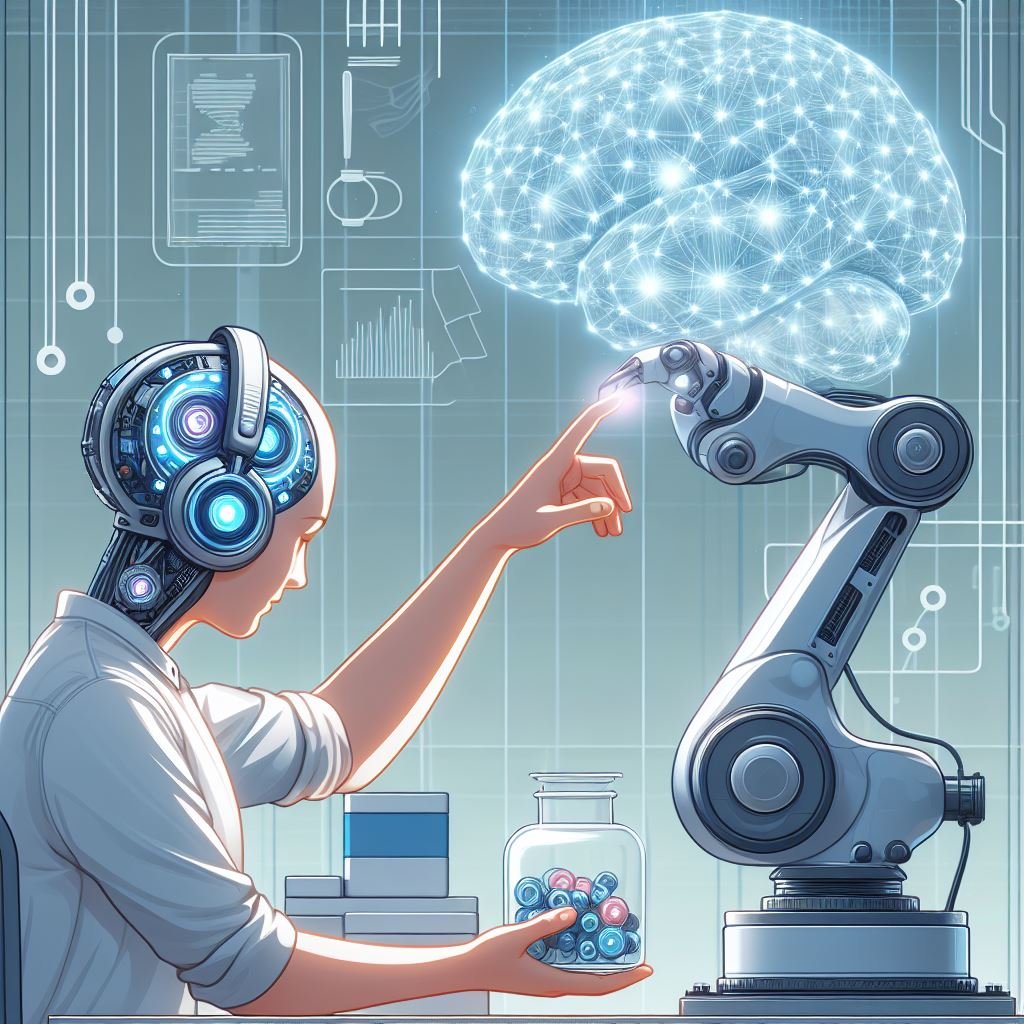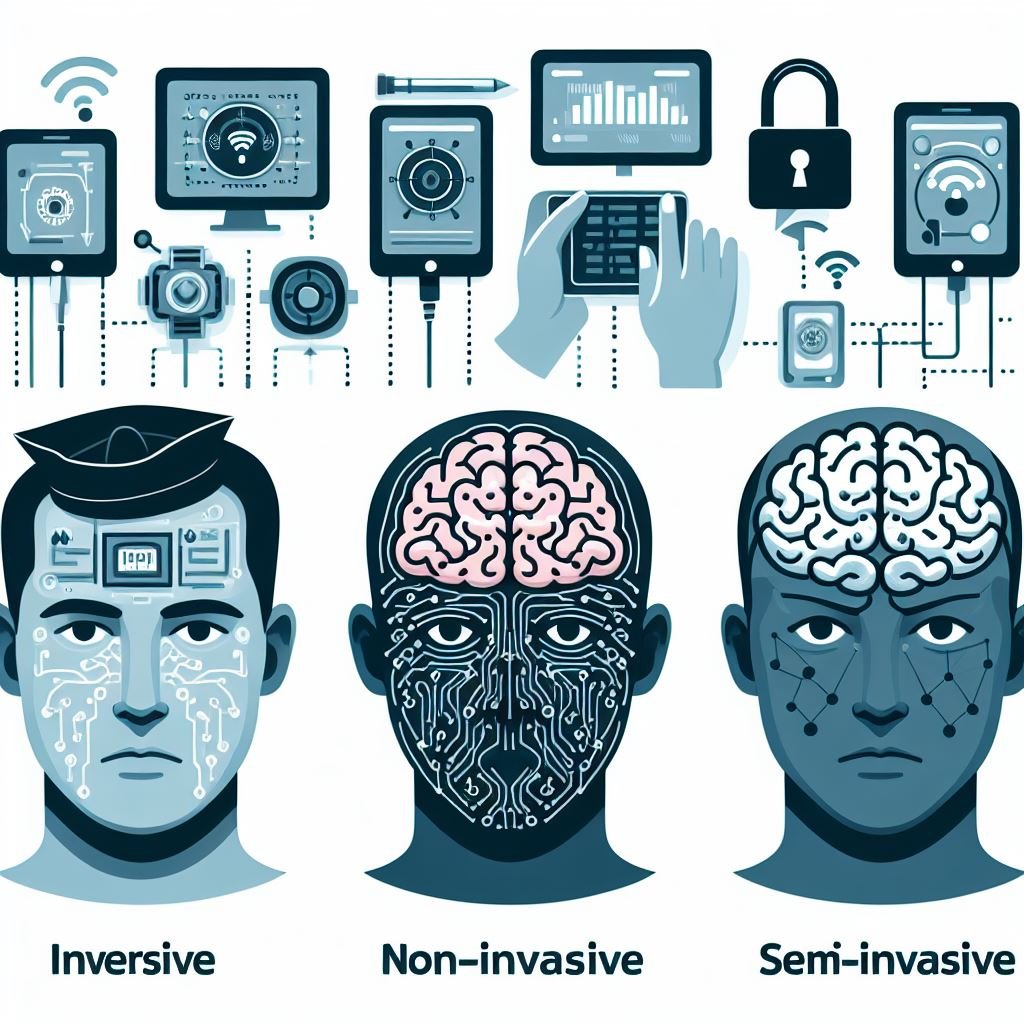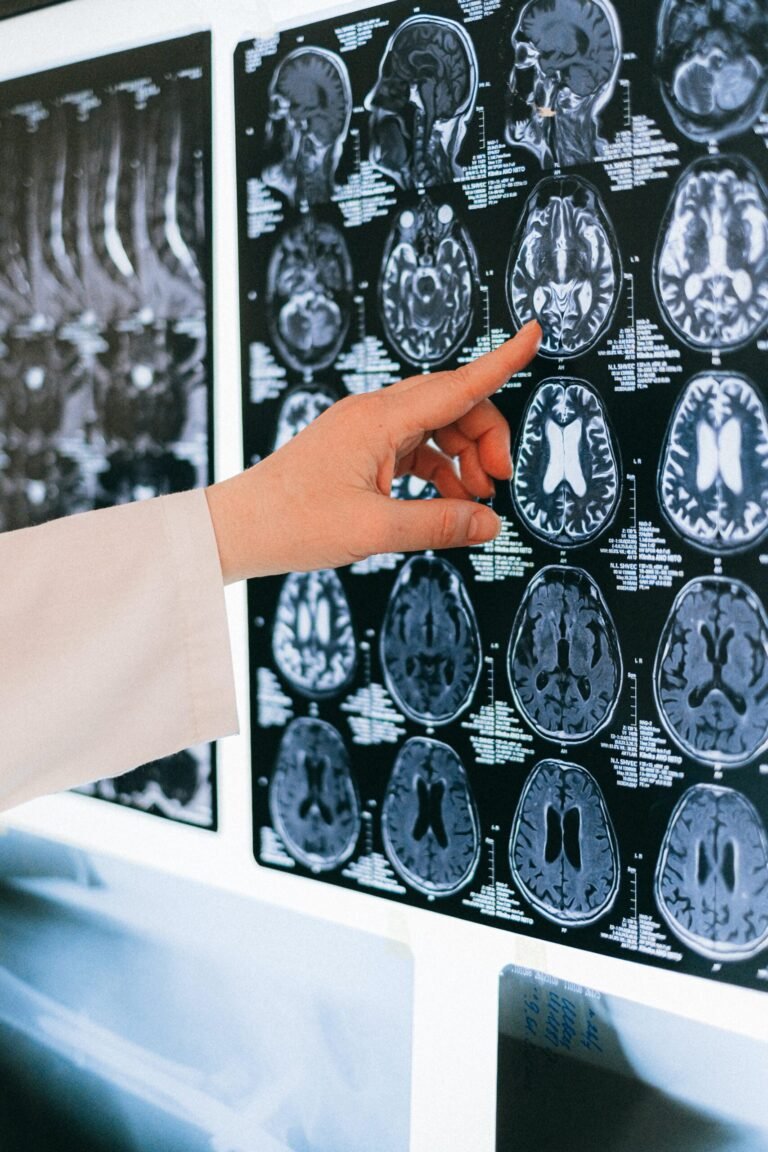Unlocking the Mind: Dive into BCI Tech and Its Applications
Brain Computer Interface (BCI) System Overview & Applications
A brain computer interface (BCI) is a system that allows direct communication between the brain and an external device, such as a computer, a robotic arm, or a wheelchair. BCI systems can be classified into three types: invasive, semi-invasive and non-invasive. Invasive BCI systems require surgical implantation of electrodes or sensors into the brain tissue, while non-invasive BCI systems use electrodes or sensors attached to the scalp or the skin.
The main goal of BCI systems is to provide a new channel of communication and control for people who have lost their natural abilities due to injury, disease, or aging. For example, BCI systems can enable people with paralysis to control a cursor on a screen, type messages, or operate a prosthetic limb. BCI systems can also enhance the capabilities of healthy people, such as improving their attention, memory, or learning.
Brain computer interface components

The four main components of a Brain-Computer Interface (BCI) system:
1. Signal Acquisition:
The first crucial component of a BCI system is Signal Acquisition. In this phase, the BCI system gathers signals directly from the brain. This involves the use of various neuroimaging techniques such as electroencephalography (EEG), functional magnetic resonance imaging (fMRI), or intracortical electrodes. EEG, for example, measures electrical activity on the scalp, providing real-time data on brainwave patterns. The accuracy and efficiency of signal acquisition directly impact the overall performance of the BCI system, making it imperative to choose an appropriate method based on the desired application and user requirements.
2. Feature Extraction:
Once the brain signals are acquired, the next step is Feature Extraction. In this phase, relevant information is distilled from the raw data to identify patterns or characteristics that correlate with specific mental states or intentions. Signal processing techniques, such as time-frequency analysis or spatial filtering, are often employed to extract meaningful features. These features serve as the foundation for understanding the user’s cognitive state, distinguishing between different mental activities, and forming the basis for subsequent stages in the BCI pipeline.
3. Feature Translation:
After extracting pertinent features from the brain signals, the Feature Translation component comes into play. This stage involves translating these extracted features into actionable commands or control signals. Machine learning algorithms, such as support vector machines or neural networks, are commonly employed to decipher the patterns and classify them into distinct categories. The goal is to interpret the user’s intentions or mental states accurately, enabling effective communication between the user’s brain and the BCI system. The accuracy of the feature translation directly influences the precision and reliability of the final output.
4. Device Output:
The culmination of the BCI process lies in the Device Output component. This is where the translated features are utilized to control external devices or applications. Depending on the BCI’s intended purpose, the output could range from simple commands like moving a cursor on a screen to more complex actions such as controlling a robotic limb. The seamless integration of the BCI with external devices is critical for the successful execution of the user’s intentions. Moreover, feedback mechanisms may be incorporated to enhance user experience and provide real-time information, closing the loop between the brain and the external device.
In essence, these four sequential components work in tandem, seamlessly translating the user’s neural signals into meaningful actions, opening up new avenues for communication and control in the realm of Brain-Computer Interface systems.
Types of BCI Systems: Invasive, Non-invasive, and Semi-invasive

Brain-Computer Interface (BCI) systems come in various forms, each with its own set of advantages and considerations. The classification is often based on the degree of invasiveness in accessing neural signals. Here, we delve into the details of Invasive, Non-invasive, and Semi-invasive BCI systems:
Invasive BCI Systems:
Invasive BCIs involve direct contact with the brain’s neural tissue. This typically requires surgical implantation of electrodes or other sensing devices into the brain. Intracortical electrodes, penetrating the brain’s surface, or electrocorticography (ECoG) grids, placed directly on the cortex, are examples. Invasive BCIs offer high spatial and temporal resolution, providing detailed and real-time information. They are particularly useful for precise motor control or communication in cases of severe paralysis. However, the invasive nature raises concerns about potential risks, including infection and tissue damage. Moreover, the need for surgical intervention limits their widespread application.
Non-invasive BCI Systems:
Non-invasive BCIs, in contrast, do not require penetration into the brain tissue. Instead, they capture neural signals from the surface of the scalp or other external parts of the body. Electroencephalography (EEG) and functional near-infrared spectroscopy (fNIRS) are common non-invasive methods. These systems are more user-friendly, eliminating the need for surgery and reducing associated risks. While non-invasive BCIs offer a safer and more accessible option, they may have limitations in terms of signal resolution and specificity. However, advancements in signal processing and machine learning techniques have improved their performance over the years, making them suitable for a wide range of applications, including communication, gaming, and cognitive enhancement.
Semi-invasive BCI Systems:
Semi-invasive BCIs represent a middle ground between invasive and non-invasive approaches. These systems involve some degree of penetration or implantation but are less invasive than fully implantable devices. For example, epidural electrodes or electrocorticography strips may be placed on the surface of the brain or in the epidural space. Semi-invasive BCIs aim to balance the benefits of high-quality neural signals with reduced invasiveness compared to fully invasive methods. They are often chosen when the precision of invasive systems is required, but the risks associated with full invasiveness need to be minimized. This category exemplifies ongoing efforts to optimize the trade-off between signal quality and safety.
In summary, the choice between invasive, non-invasive, or semi-invasive BCI systems depends on the specific requirements of the application, the level of precision needed, and the acceptable level of invasiveness. As technology continues to advance, researchers and developers are exploring innovative solutions to enhance the capabilities and safety of BCI systems across these different categories.
Brain Computer Interfaces most common applications
Some of the applications of BCI systems are:
- Neuroprosthetics: BCI systems can be used to control artificial limbs or organs that replace or augment the functions of natural ones. For example, a person with amputation can use a BCI system to control a robotic hand that mimics the movements of their own hand.
- Neurorehabilitation: BCI systems can be used to facilitate the recovery of motor or cognitive functions after brain damage. For example, a person with stroke can use a BCI system to stimulate their brain regions that are responsible for movement, and thus improve their motor skills.
- Neurogaming: BCI systems can be used to create immersive and interactive gaming experiences that rely on the brain activity of the players. For example, a player can use a BCI system to control a virtual character or environment with their thoughts or emotions.
- Neurofeedback: BCI systems can be used to provide real-time feedback on the brain activity of the users, and thus help them regulate their mental states. For example, a user can use a BCI system to monitor their stress level and learn how to relax or cope with it.

Unlocking Infinite Potential: The Diverse Landscape of Brain-Machine Interface Applications
BCI systems are still in their early stages of development and face many challenges, such as improving the accuracy, reliability, and usability of the devices, ensuring the safety and ethics of the users, and integrating the systems with other technologies. However, BCI systems have great potential to revolutionize various fields and domains, and to improve the quality of life of many people.
As we explore the vast realm of Brain-Machine Interface (BMI) applications, it becomes abundantly clear that its impact transcends the boundaries of the medical field. The versatility of BMI technology extends its reach into various domains, including neuroergonomics, smart environments, education, entertainment, and marketing.
In healthcare, BMI emerges as a transformative tool not only for preventing, detecting, and diagnosing conditions but also for the rehabilitation and restoration of health. The collaboration between BMI and the Internet of Things (IoT) gives rise to smart environments, transforming houses, transportation, and workplaces into intelligent and responsive entities.
The marketing landscape is experiencing a paradigm shift with the integration of BMI technologies. By measuring attention post-commercial exposure and estimating memorization levels, BMI offers invaluable insights to advertisers and marketers. In the realm of education, BMI utilizes brain electrical signals to assess information clarity, providing a novel approach to cognitive understanding.
Notably, BMI finds application in security and authentication through cognitive biometrics, addressing vulnerabilities in these crucial fields. As a conduit between the brain and external devices, BMI holds infinite possibilities, promising advancements yet to be fully realized.
In harnessing the power of BMI, businesses can tailor applications that align with their goals and objectives. The era of Brain-Machine Interface opens doors to innovation and possibilities, encouraging a thoughtful consideration of its applications in shaping the future landscape.
Connects with us & Read more at InnoVirtuoso
If you found this article helpful, please know that we have much more at InnoVirtuoso.com
You can find many articles related to Brain Computer Interfaces, such as Neuralink: A Complicated BCI with Ethical Challenges and others.







